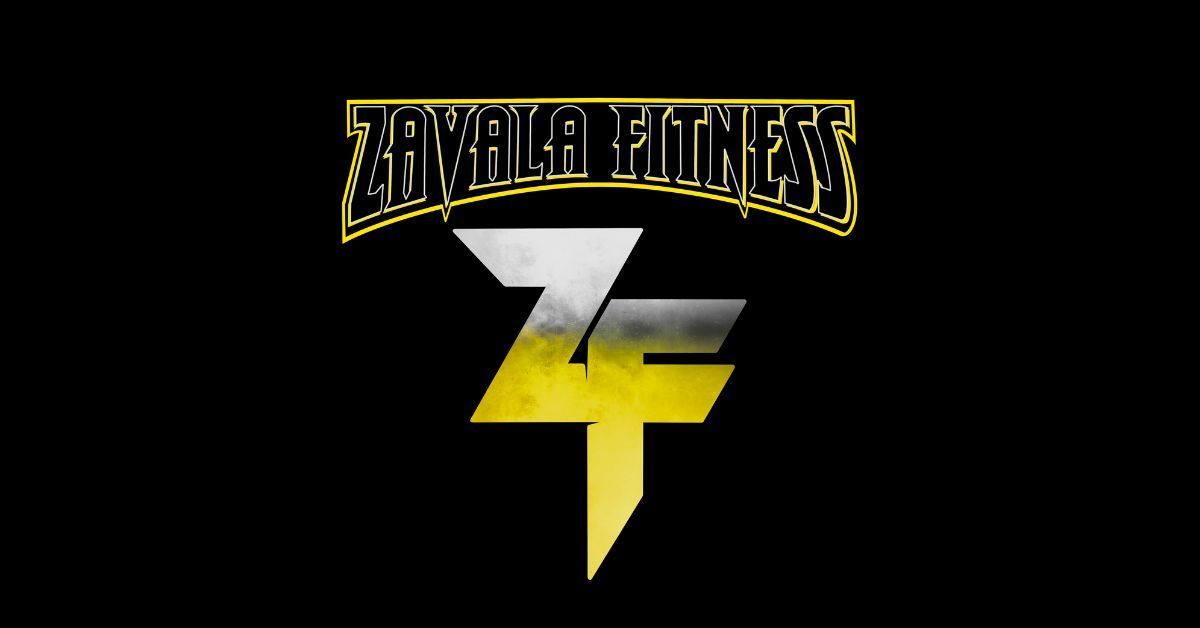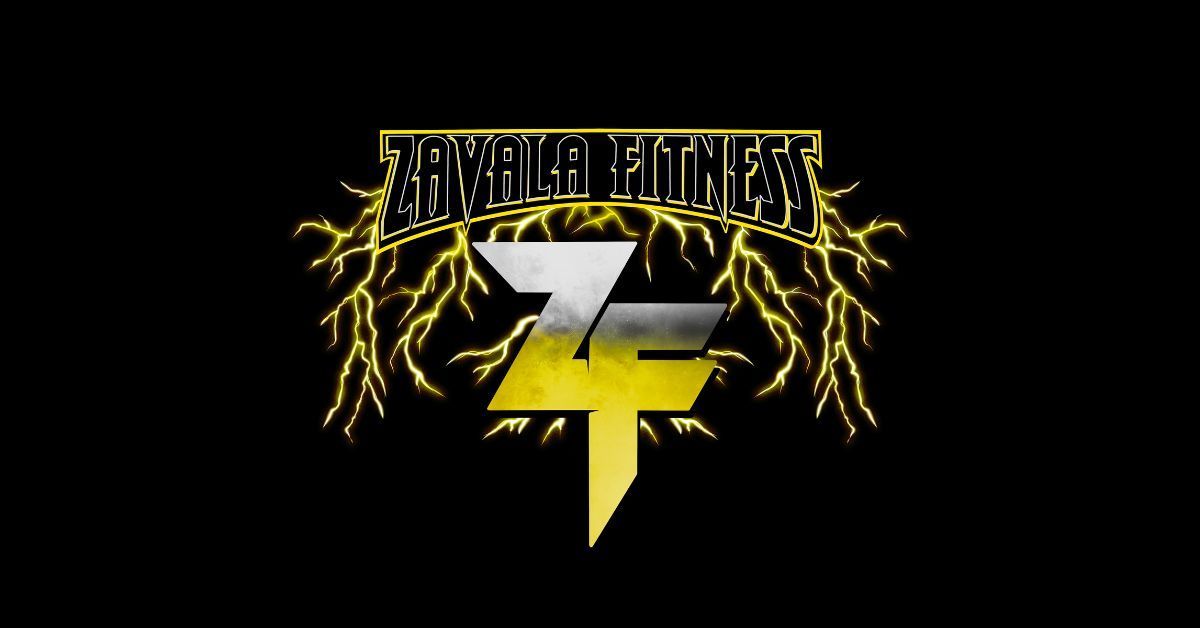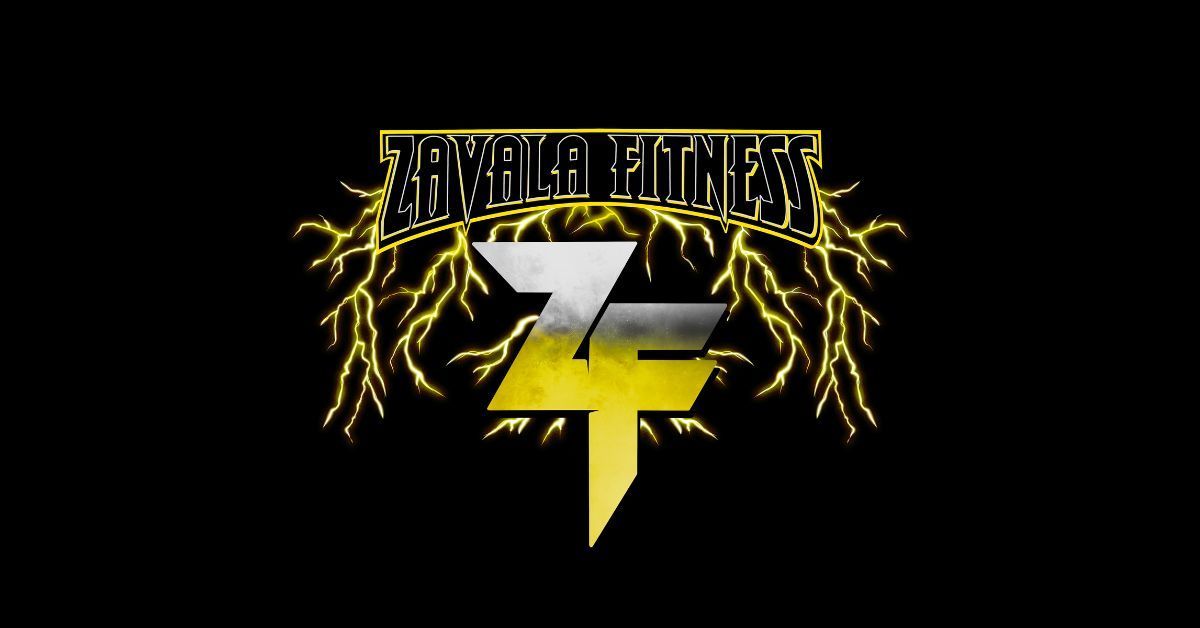Common Mistakes To Avoid in Functional Training Workouts
Functional training continues to gain popularity in the fitness world, and for good reason. It's a versatile approach that focuses on exercises that mimic everyday movements, enhancing strength, balance, flexibility, and coordination.
Understanding functional training's benefits is crucial for fitness enthusiasts and those eager to integrate more practical workouts into their routines. But beware—like any exercise regimen, it's easy to fall into various traps that can impede progress. We’ll review common mistakes to avoid in functional fitness training workouts.
What Is Functional Training?
Unlike traditional weightlifting, functional training prepares your body for real-life movements by emphasizing compound exercises that engage multiple muscle groups. This approach enhances overall strength and coordination, making daily activities like lifting, bending, and twisting easier and safer. Workouts feature squats, lunges, push-ups, and planks, often using equipment like kettlebells and resistance bands.
The goal is to improve your ability to efficiently perform daily tasks, whether that’s carrying groceries or kneeling down to play with your children. Functional training is adaptable to any fitness level and focuses on practical movements that lead to better overall health and well-being.

Common Mistakes in Functional Training
While functional training offers numerous benefits, many people run into common pitfalls that can hinder progress and increase the risk of injury. Recognizing and avoiding these mistakes is essential to maximize your training's effectiveness.
Neglecting Proper Form
One of the most frequent errors in functional training is overlooking proper form. Correct form is vital to ensure exercises are practical and safe. Compromising your form significantly increases the risk of injury and decreases the workout's efficiency. It's crucial to pay attention to alignment and movement patterns. For instance, when performing a squat, ensure your knees don't extend past your toes, and keep your back straight. This protects your joints and maximizes muscle engagement.
Poor form can stem from a lack of awareness or trying to rush through exercises. Taking the time to learn and master the correct technique is key to preventing injuries. If you're unsure about your form, consider working with a personal trainer who can provide feedback and corrections. Quality always trumps quantity in functional training.
Skipping Warm-Up and Cool-Down
Warm-ups and cool-downs are often overlooked but are crucial components of any workout, including functional training. Warming up properly prepares your body for a workout by improving blood flow and flexibility. Skipping this step can lead to muscle strains and other injuries. Start with dynamic stretches or light cardiovascular exercises to get your body ready for your workout.
Similarly, performing a cool-down after a workout helps your body transition back to a resting state, aids in recovery, and reduces muscle soreness. Incorporate static stretches to relax muscles and improve flexibility. Neglecting these essential phases can hinder performance and prolong recovery time, so always allocate time for both.
Overtraining
Many individuals make the mistake of overtraining in the quest for quick results. Pushing your body too hard without allowing sufficient rest leads to burnout, fatigue, and an increased risk of injury. It's important to listen to your body and understand its limits. Rest days are integral to any training program, as they allow muscles to recover and grow stronger.
Balancing intensity and rest is crucial for long-term success in functional training. Aim for a mix of intense workouts and lighter sessions, as this will give your body time to recuperate. If you find yourself constantly fatigued or experiencing persistent pain, it may be a sign to scale back and give your body the rest it needs.
Using Incorrect Weights
Choosing the right weight for each exercise is a common challenge in functional training. Opting for weights that are too heavy can lead to improper form and potential injury, while weights that are too light may not provide enough resistance to stimulate muscle growth. It's essential to strike a balance that challenges your muscles while allowing you to maintain proper form.
Experiment with different weights to find what works best for you, and don't hesitate to adjust as you progress. A general rule of thumb is to choose a weight that allows you to complete the desired number of repetitions with good form and leaves you feeling fatigued by the last rep. Gradually increasing weight as you build strength will help you continue making gains.
Ignoring Core Engagement
The core plays a pivotal role in functional training, providing stability and support during various movements. Neglecting to engage your core can compromise balance and increase the risk of injury. Whether you’re performing a plank, lunge, or squat, you should actively engage your core muscles to enhance overall performance.
To enhance core engagement, maintain a stable and aligned posture throughout exercises. Visualize drawing your belly button toward your spine and keeping your core tight. This conscious effort will enhance the effectiveness of your workouts and contribute to better results in the long run.
Lack of Variety
Functional training thrives on variety, yet it's easy to fall into a routine of repeating the same exercises. Sticking to the same movements can lead to plateaus and muscle imbalances, diminishing the program's effectiveness. Introducing variety keeps workouts interesting and challenges different muscle groups and movement patterns.
Experiment with new exercises, equipment, and workout formats to keep your routine dynamic. Incorporate different planes of motion and movement patterns to ensure a well-rounded approach. By diversifying your workouts, you'll continue challenging your body and achieving better results over time.
Poor Breathing Technique
Breathing often takes a backseat in functional training, yet it plays a crucial role in performance and endurance. Poor breathing techniques can lead to early fatigue and reduced exercise efficiency. Coordinating your breath with movements can enhance focus and optimize oxygen delivery to muscles.
Focus on deep, rhythmic breathing throughout your workout. Inhale during less-exertive phases and exhale during more challenging parts of an exercise. This conscious approach to breathing can improve your overall workout experience and help you power through tough sets with greater ease.
Inadequate Hydration and Nutrition
Proper hydration and nutrition are essential for optimal performance and recovery in functional training. Dehydration can decrease energy levels and hinder concentration, impacting your ability to perform exercises effectively. Similarly, inadequate nutrition can impede muscle recovery and growth.
Ensure you're drinking enough water before, during, and after workouts. Fuel your body with nutrient-dense foods that provide the energy and nutrients needed for physical activity. Prioritize a balanced diet of carbohydrates, proteins, and healthy fats to support your training goals.

Tips for Maximizing Functional Training
Navigating functional training can be rewarding, but success relies on effective strategies. To provide motivation and direction, set realistic goals that are specific, measurable, and time-bound.
Regularly reassess and celebrate milestones to stay motivated. Seeking guidance from a fitness professional can be invaluable for gaining personalized advice and discussing proper techniques, helping you minimize injury risk and maximize benefits.
Consistency and patience are crucial; commit to a regular workout schedule and remember that progress takes time. Sustainable results come from dedication, and setbacks are natural. Stay focused to achieve long-term success.
Train With Zavala Fitness
Functional training offers a pathway to improved strength, flexibility, and overall well-being. However, understanding the common mistakes to avoid in functional training is crucial to unlocking its full potential. By prioritizing proper form, incorporating variety, and staying consistent, you'll enhance the effectiveness of your workouts and minimize the risk of injury.
For those looking to optimize their training experience, Zavala Fitness is here to help. Our expert team can guide you through functional training workouts and strategies that align with your fitness goals. Contact us today to take the next step in your functional training journey!





